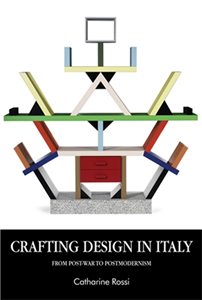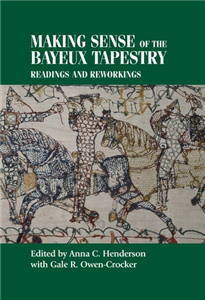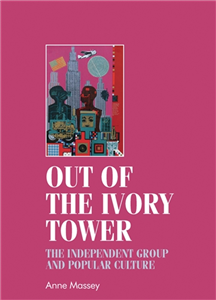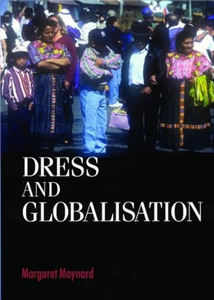Verlag "Die Silberschnur" GmbH
In 1982, the publishing company, Die Silberschnur, was founded by Helga Huber, the mother of the present general manager, Stefan Huber. She was motivated by the desire to bring spiritual knowledge closer to the broader public. The best seller author of the beginning years of the publishing company is the well-known doctor and death researcher, Elisabeth Kübler-Ross. Her book Über den Tod und das Leben danach (About Death and Life Thereafter) quickly became a big success. It has been translated into several languages and at the present, it has sold over a million copies around the world. Over the years, Silberschnur has become known as one of the leading publishing companies in Germany for spiritual and esoteric literature. With well-known authors, such as Trutz Hardo, Germany´s best known past life regression expert, international best seller author Kurt Tepperwein, Saint Germain´s medium Myra and famous TV-astrologer Andrea Buchholz, Silberschnur offers a wide variety of subjects. An enrichment of the publishing company's assortment is provided in particular by the books by Olivia Moogk, which examine the subject of Feng Shui, Franziska Krattinger, whose books show the possibilities for supporting healing processes with mental powers and successfully shaping one's life and Vadim Tschenze, who is well-known for his books about fortune telling and health issues. Today, the publishing company Die Silberschnur has over 600 books in its publishing program and publishes 30 to 40 new books each year. The companys intent is to provide an impetus for new perspectives, which are to contribute to further spiritual and mental development. If you are interested in our titles, please download our Foreign Rights Catalogues and do not hesitate to contact us for more information or reading copies. We look forward to hearing from you. Kind regards, your Foreign Rights team
View Rights Portal


























